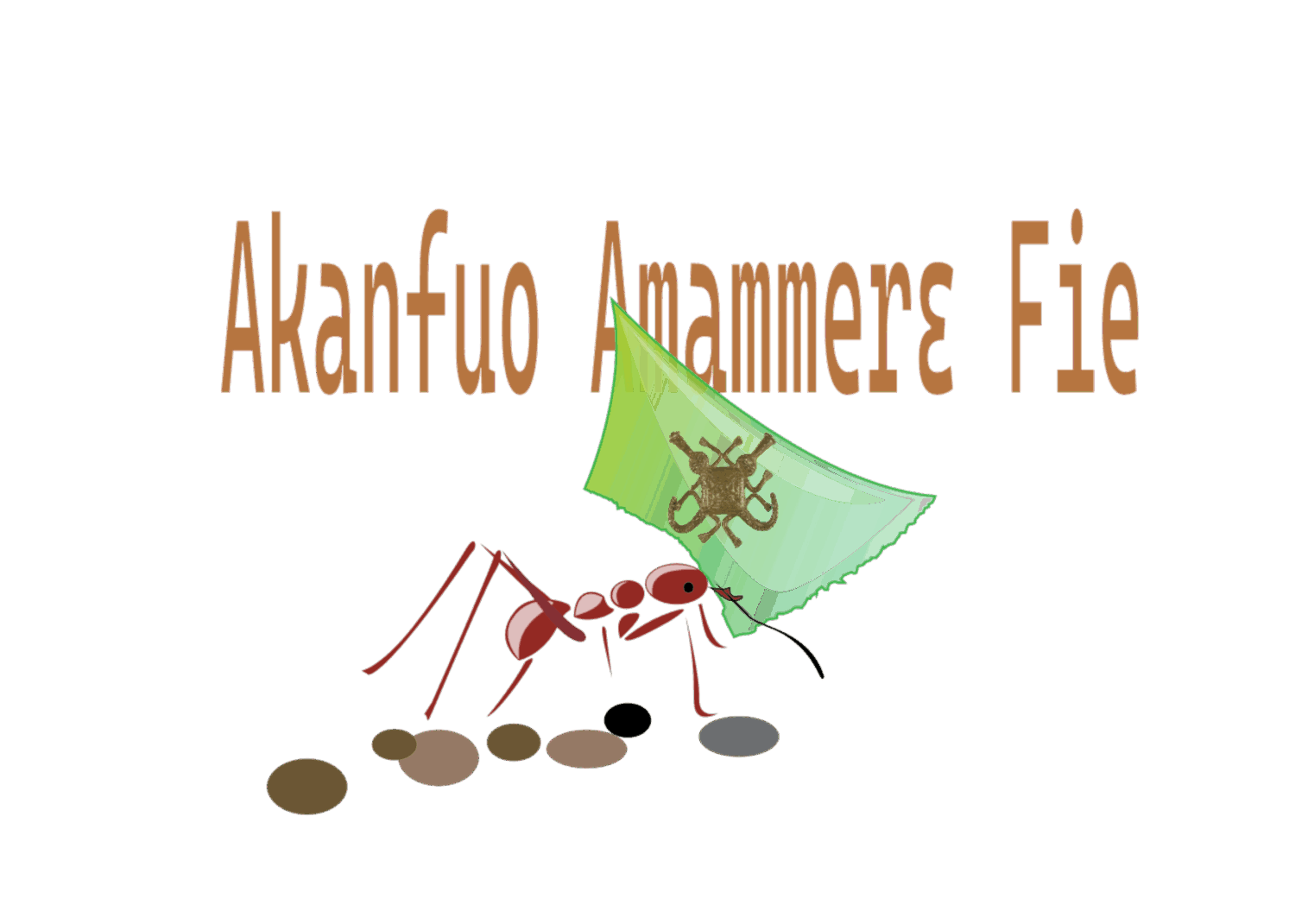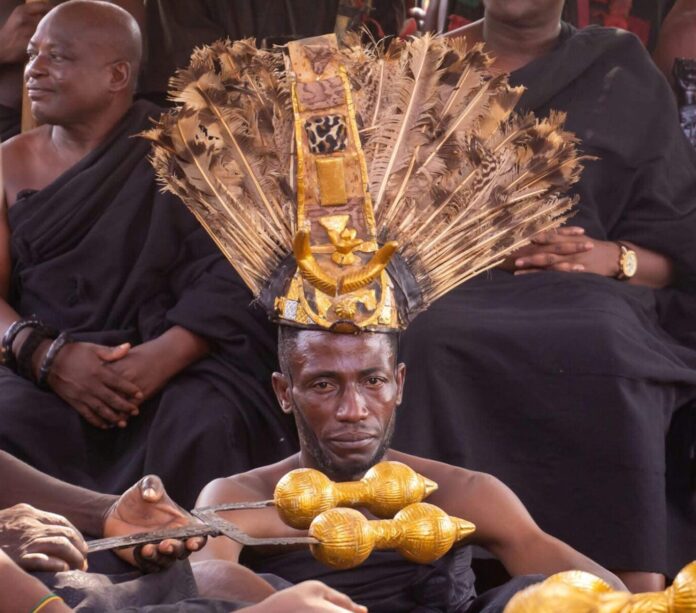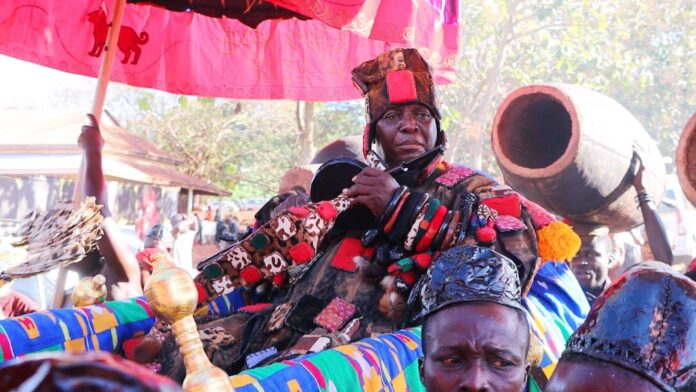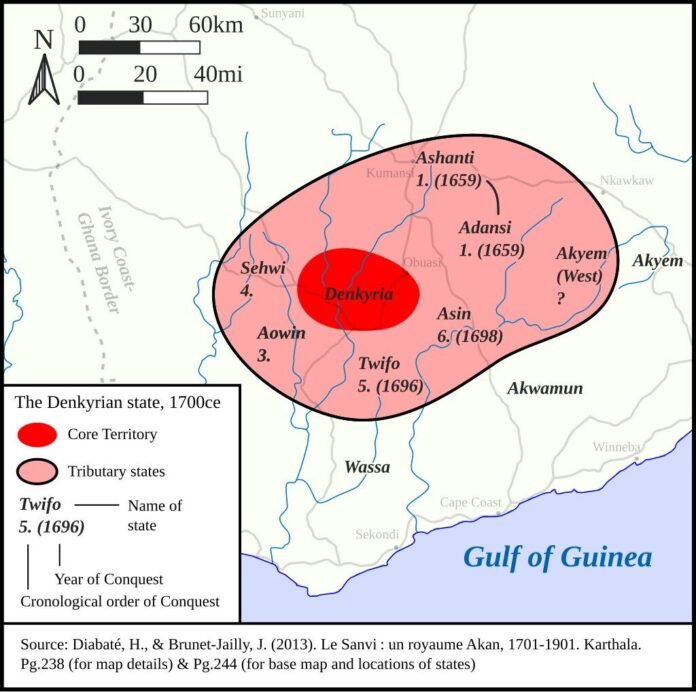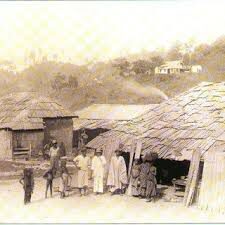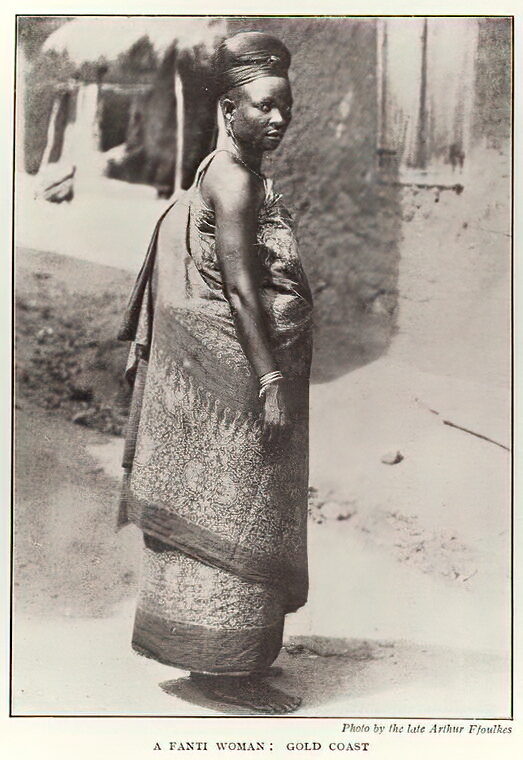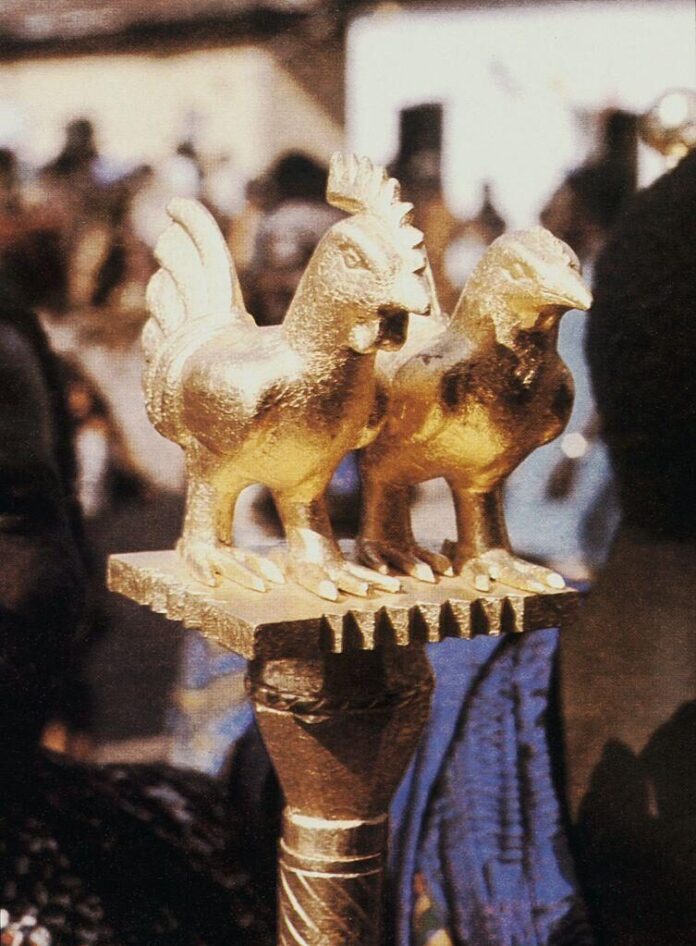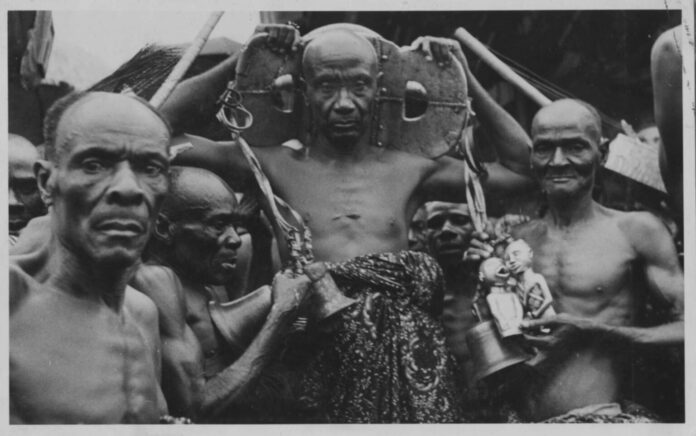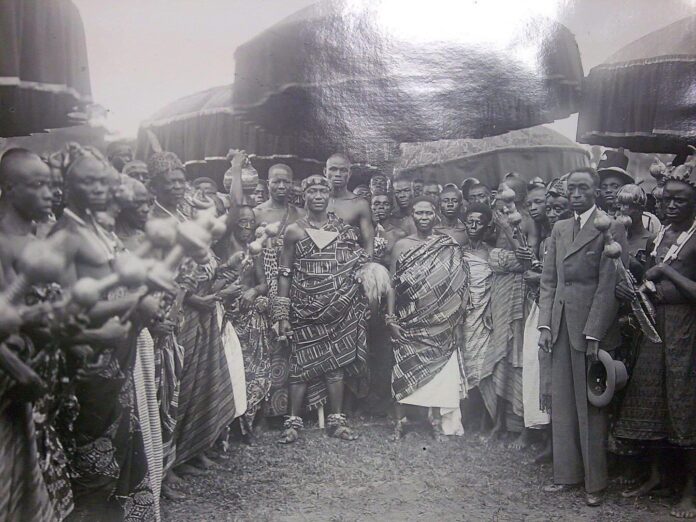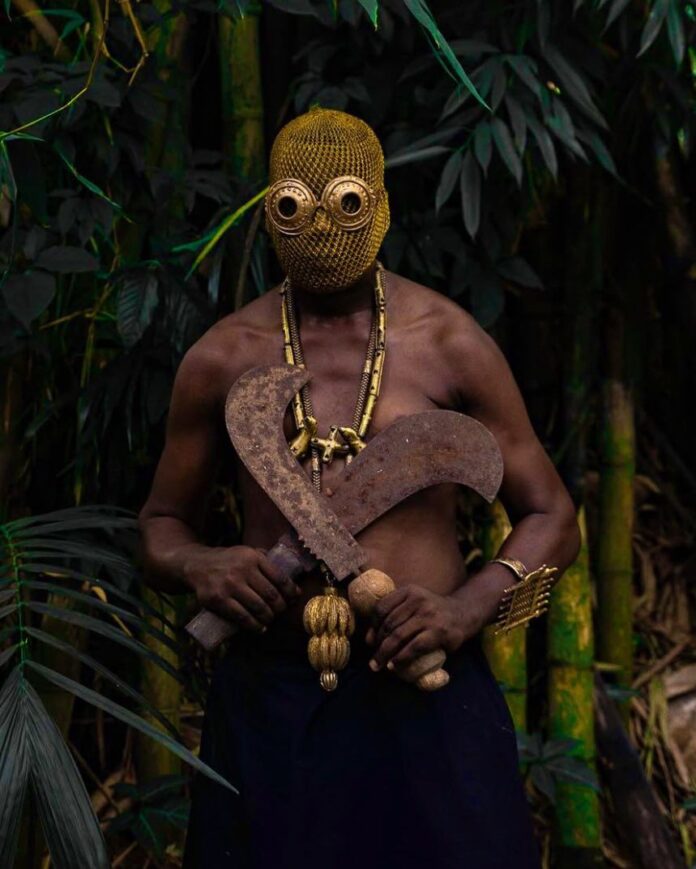The Akan developed from a network of settlements in the Brong-Ahafo region, which evolved into the Bono, Wenchi, and Nsoko people. Simultaneously, down south, the Akan clans evolved from settlements in Amansie and Adanse.
The Akans that left Amowi Cave settled in Yefiri, later Manso, where they became Bono and formed one of the earliest kingdoms in the region.
The Nsoko come from Bonkese cave, the Wenchi come from a cave called Bonoso. The earliest iron smelting and craft centers can be found in their region (Info & Corrections facilitated by the @AkanAxis on X).
The Twi speakers in the south, where all the maternal clans originate, formed settlements that eventually grew into Adansemanso and Asantemanso. Other major Akan groups expanded from these ancestral sites.
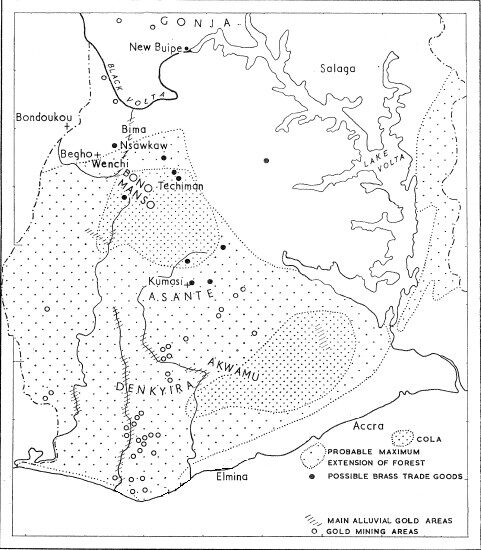
Archaeological evidence indicates that Bono Manso was an iron-working center, with rich deposits of ore supporting smelting activities from at least the 4th century CE. Surveys identified five such sites, one of which yielded pottery identical to that in early deposits at Bono Manso, suggesting continuity from ancestral societies.
The site’s savanna-forest contact zone facilitated exchange: savanna goods like pack animals were exchanged for forest products, including kola nuts and alluvial gold, sought by Mande traders.
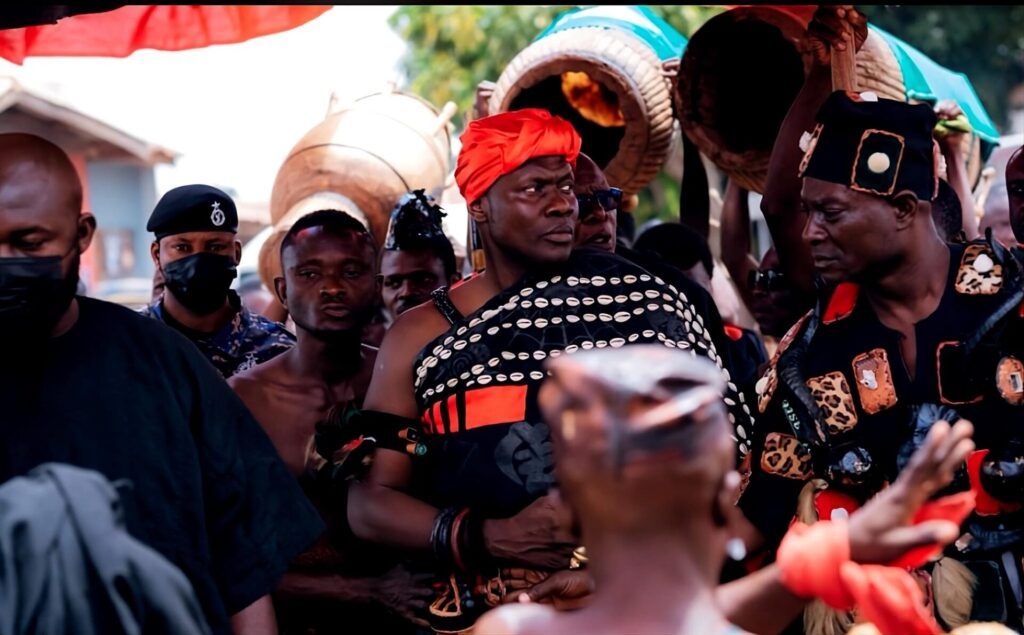
Unlike Begho, Bono Manso lacked alien quarters, indicating ethnic homogeneity and centralized control over commerce, rather than commercial dominance overriding politics.
Oral traditions link Bono Manso to Amuowi, a people who resided in a rock shelter, which reinforces its role as the cradle of Bono statehood. Pottery studies suggest that Bono Manso served as an early Akan boundary, where pure Akan cultural groups situated southwards mixed with non-Akan elements northward, a pattern sustained over five centuries.
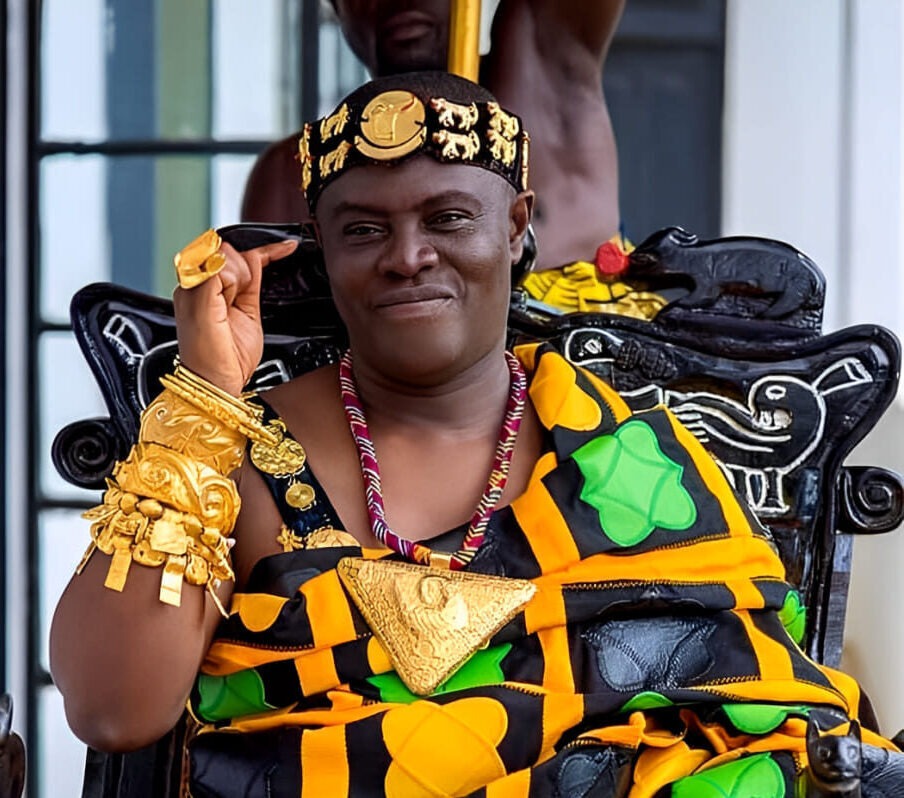
The Bonos are Akan and one of the largest groups, presently inhabiting the Bono region, the Bono East region, and the Ahafo region. They speak the Bono Twi of the Akan language.
As the genesis, the Bono are considered the cradle of the Akan people.
This is exemplified in the age-old adage:
Ɔdomankoma bɔɔ adeε,
Ɔbɔɔ Bono ansa na ɔbɔ adeε biara,
Bono kyempem duaduakwa.
Domankoma bɔɔ adeε,
Ɔbɔɔ deε bɛn?
Ɔbɔɔ Bono.
Bono firi hen ni?
Bono firi tete.
